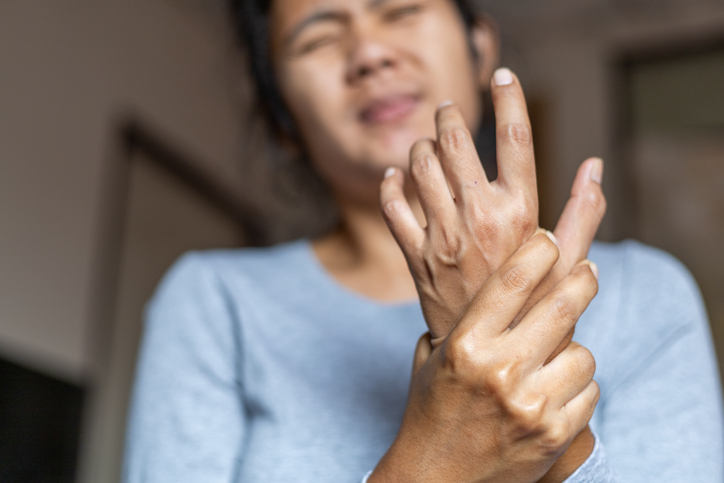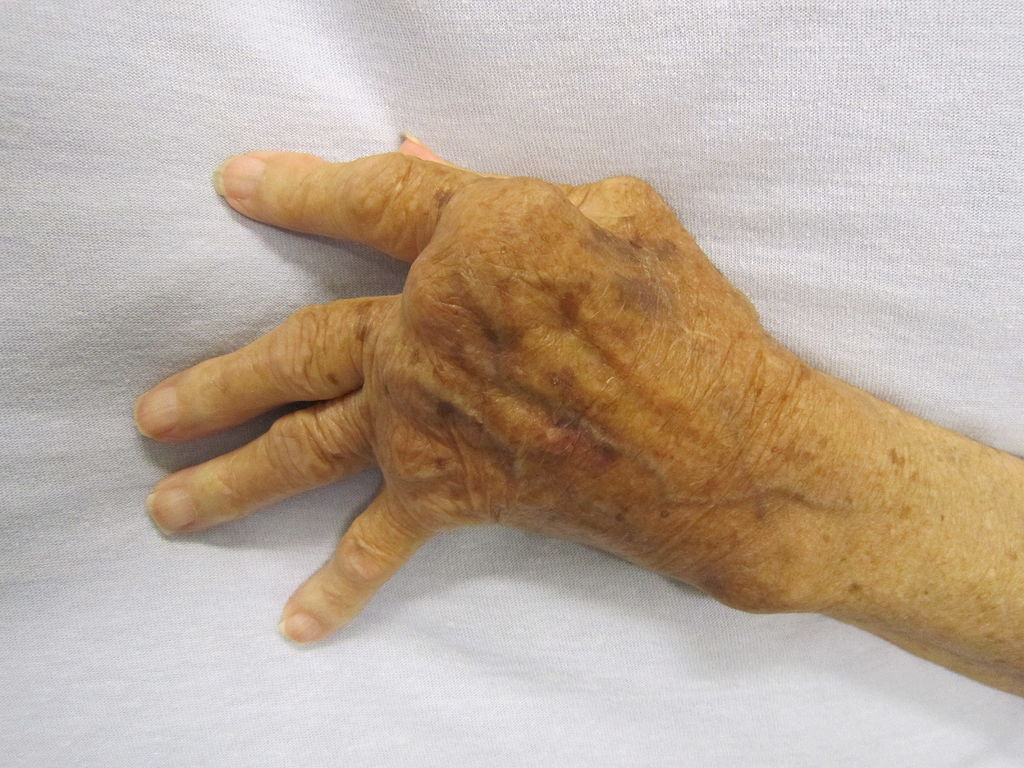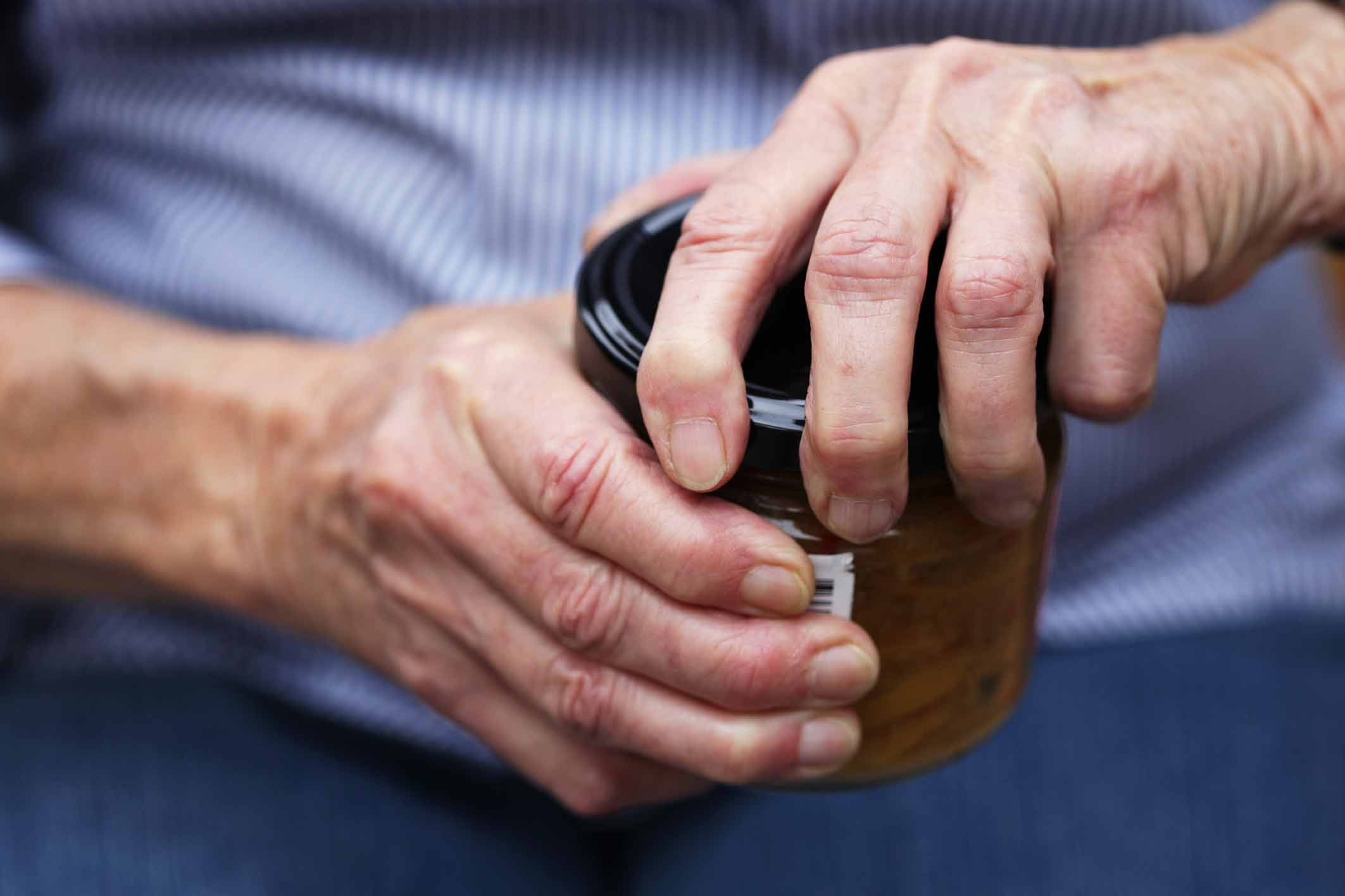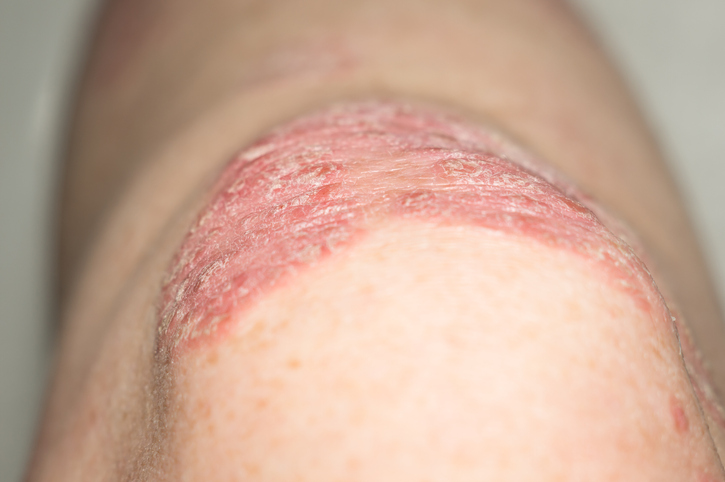Pain
What Is the Difference Between Arthralgia and Arthritis?
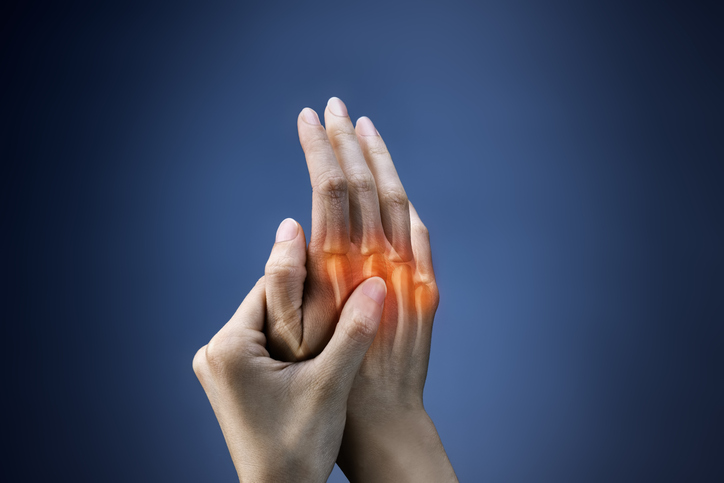
Arthritis
Arthritis involves inflammation of one or more joints. A diagnosis of arthritis is made based on objective evidence of joint inflammation.
Signs and symptoms of arthritis
Signs and symptoms of arthritis may include any or all of the following:
- Joint pain and tenderness
- Swelling
- Stiffness
- Reduced range of motion
- Joint deformation
Most common types of arthritis
Although there are various types of arthritis, osteoarthritis and rheumatoid arthritis are the most common.
- Osteoarthritis (OA) is the most common form of arthritis. OA develops from “wear-and-tear” damage to the joint(s), which typically occurs due to the aging process.
- Rheumatoid arthritis (RA) is the second most common type of arthritis. RA is classified as an autoimmune disease. With RS, the immune system mistakenly attacks the lining of the joints. Rheumatoid arthritis most commonly begins during young adulthood.
Risk factors for arthritis
Factors that increase the risk of developing arthritis include the following:
- Age — The incidence of arthritis increases with age.
- Gender — Osteoarthritis and rheumatoid arthritis most commonly affect females. Gout is more common in males.
- Excess weight — Being overweight can increase the likelihood of “wear-and-tear” damage.
- Inherited traits and genetics — Certain inherited traits and specific genes may increase the likelihood of acquiring certain diseases, such as rheumatoid arthritis
Arthralgia
Arthralgia refers to joint pain, irrespective of the cause. Arthralgia does not always mean that arthritis is present. Similar to arthritis, it is oftentimes, but not always, painful.
Signs and symptoms of arthralgia
Common symptoms of arthralgia include the following:
- Joint pain and tenderness
- Stiffness
- Reduced range of motion
Causes of arthralgia
Causes of arthralgia include, but are not limited to, the following:
- Arthritis due to wear-and-tear, such as osteoarthritis, or an overactive immune system, such as rheumatoid arthritis
- Growing pains typical in children
- Inflammatory immune syndromes, such as systemic lupus erythematosus and Sjögren's syndrome, in the absence of arthritis.
- Injuries to tendons, ligaments or joints
- Viral infections, such as influenza, measles, mumps or hepatitis
- Systemic illnesses, such as leukemia
Risk factors for arthralgia
Factors that increase the risk of developing arthralgia include the following:
- Advanced age
- Joint injury, damage or surgery
- Obesity
- Arthritis
- Performance of repetitive tasks
- The presence of certain health conditions, such as tendinitis, hypothyroidism, or bone cancer

